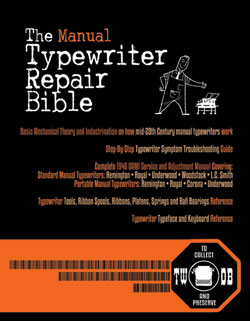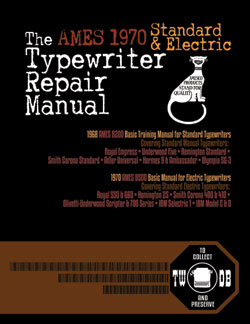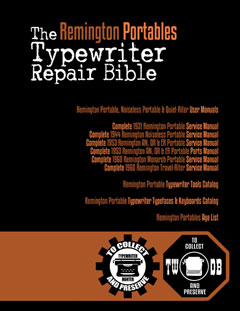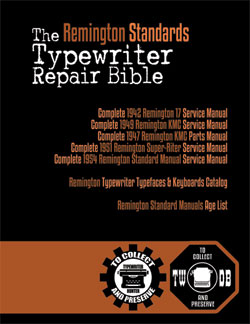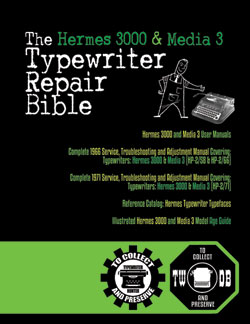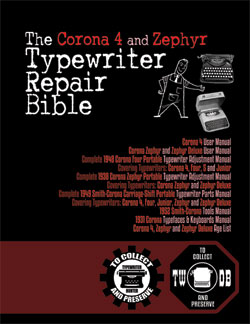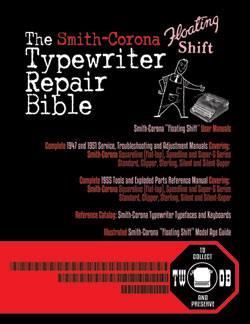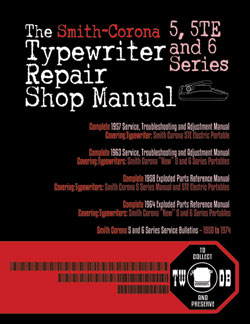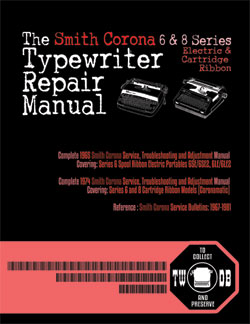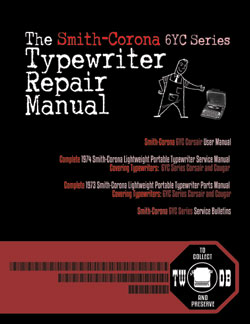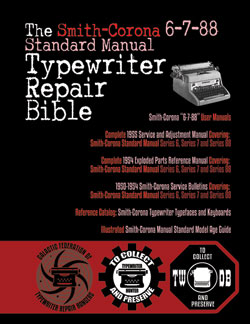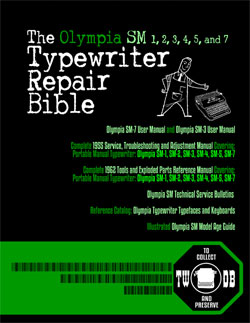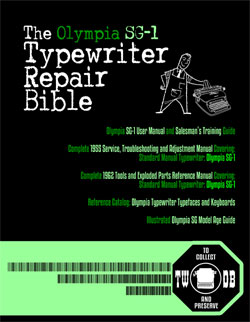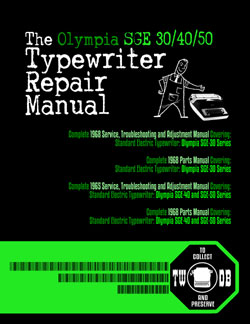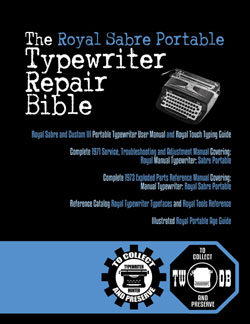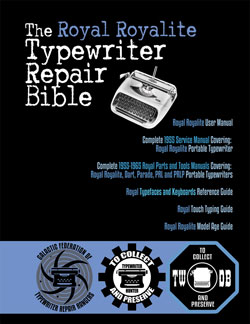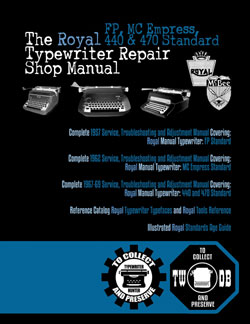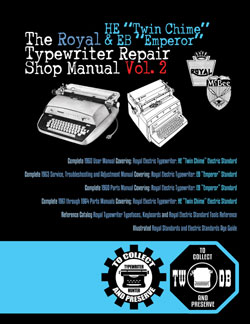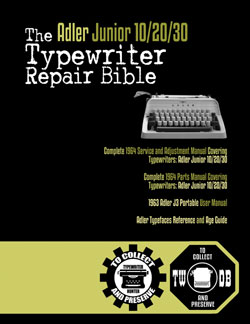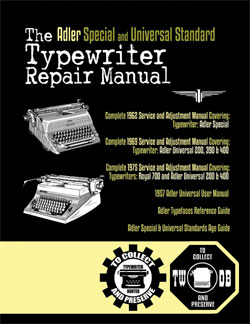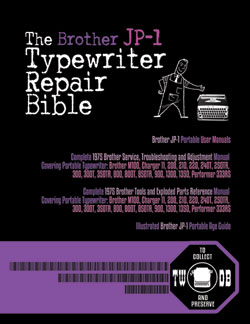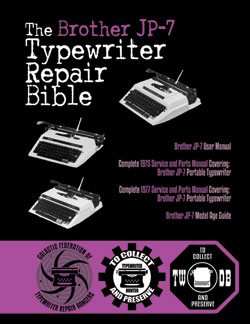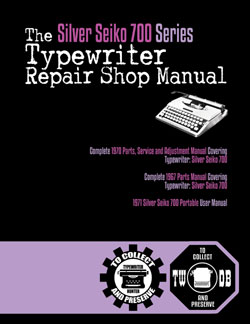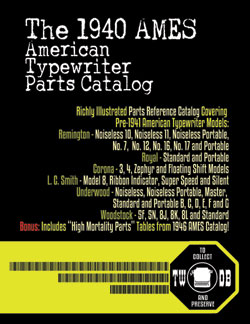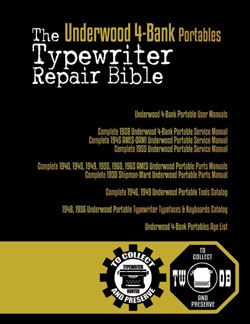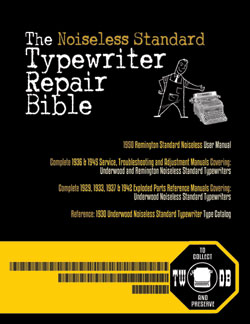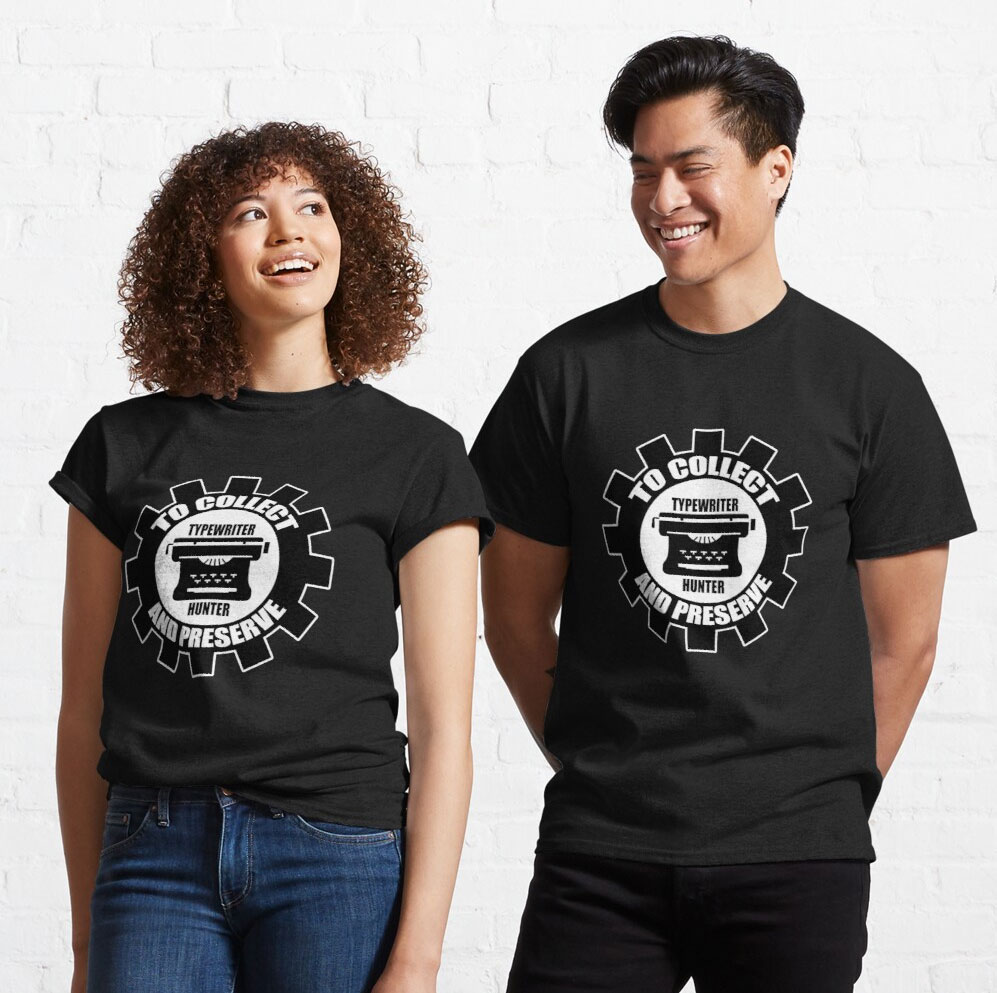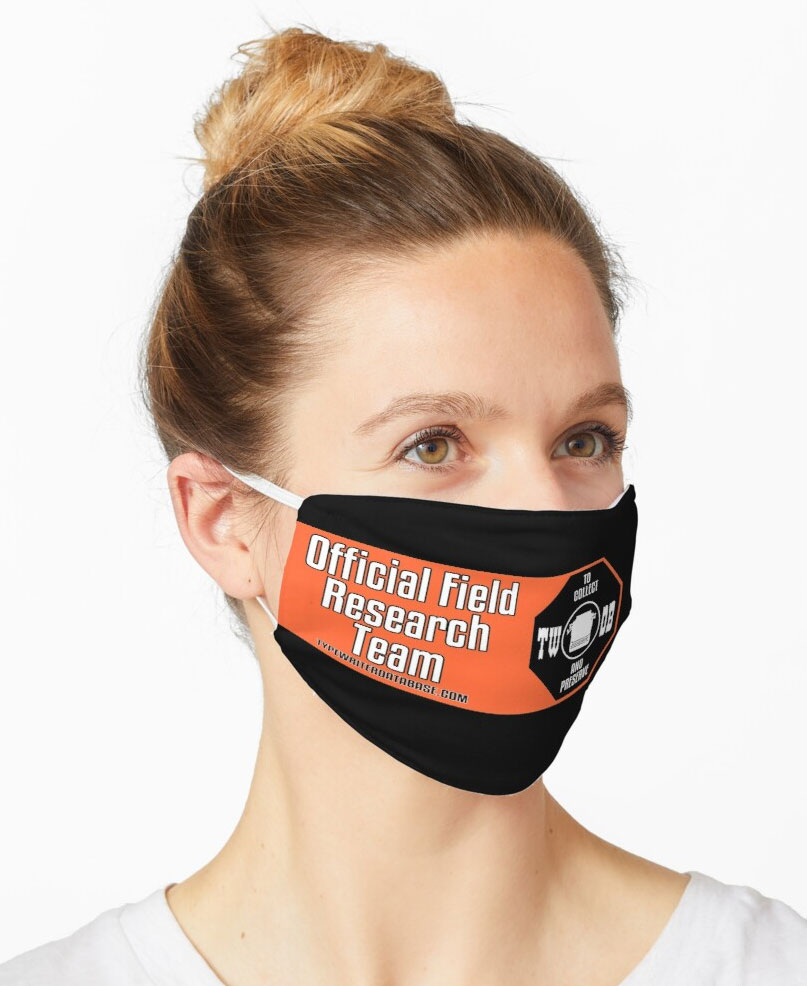1961 Olympia SG1 #Body: 7-650111 Carriage: 8-670725
Status: My Collection
Hunter: Andrew Hearn (stickswriter)
Created: 02-01-2023 at 12:39PM
Last Edit: 03-01-2023 at 05:41PM
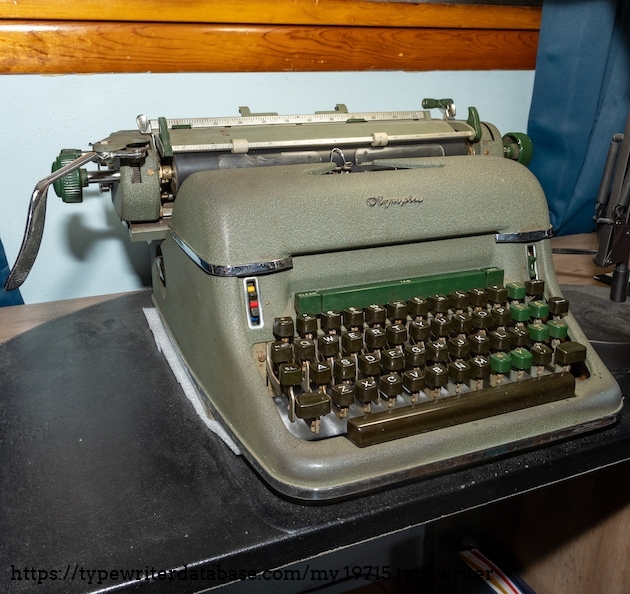
Description:
Typewriter profiles:
1961 Olympia SG—I ‘Gregory’ SN: Carriage 8-670725 Body 7-650111
Dimensions:
15&1/2” x 19&¼" x 19&1/2” 38 lbs.
Features:
Right Backspace; No dedicated one key or exclamation point; Custom Tabs; 12" carriage; 'Paper Injector’; 1/2 spacing; 2 clicks per line; 3 ribbon settings; removable carriage; Weighs just under 401bs; segment shift; Unique Characters ; Comma type slug and paper rest are missing; 5 line spacing settings
Model History:
The Olympia SG—I was introduced in 1953 with a minor redesign in 1961 to address some issues in the initial design. The model continued production until 1963 when it was replaced by the SC—3 which had more plastic to rout down on weight. The ability to quickly swap carriages allowed this machine to switch between carriages of lengths between 8" to the latter of which was used in newspaper type setter writing in accounting ledgers t and typing map invitations.
Typing Feel:
The key travel is light for the first 2/3rds of the keystroke. The final 1/ 3rd has a bit of a soft wall that is fairly easy to push through. The key spacing is very good and the keys are shaped in a way that prevents fingers slipping between them. The keys require a fairly light touch with the exception of the last 1/3rd. There is a calm surety to this machine that makes you feel like you’re working a well-designed and massive machine in a factory. There is a noticeable difference between the lowest and highest settings on the touch control.
Where I Found it:
I found this typewriter at antique shop in Milroy not far from where I live. At the time had recently bought a Smith—Corona Corsair ultra— portable from the place and had noticed this machine. Its size had initially put me off, but after spending time with the SCM, I decided that I needed a standard sized machine that had a more certain feel to it. Of course, I could not use this machine on my lap or even on a laptop stand that I had used with the smaller machine so I bought a dedicated writing desk for it to rest on. I eventually sold the corsair: but this machine, both due to its quality and more importantly its weight is not going anywhere.
Typeface Specimen:
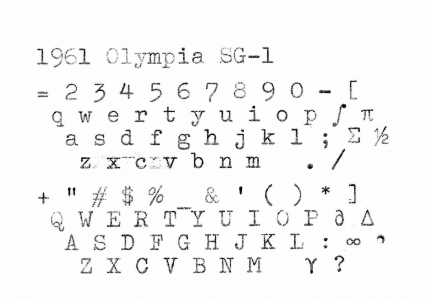
Photos:
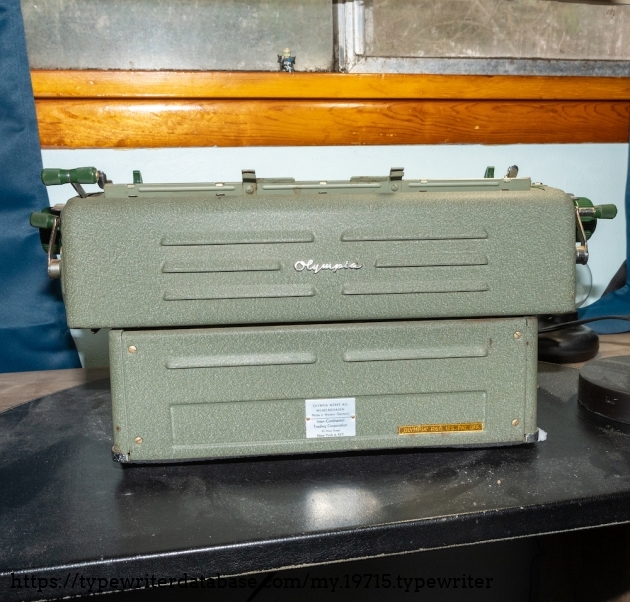
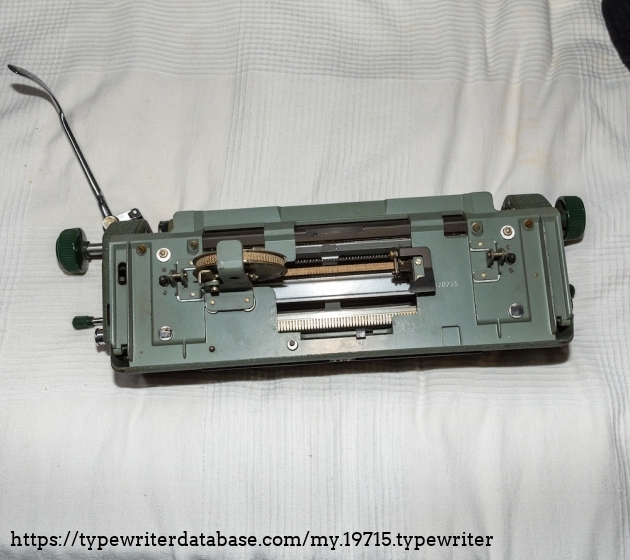
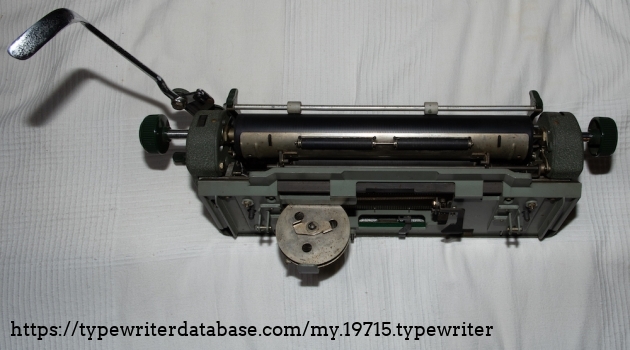
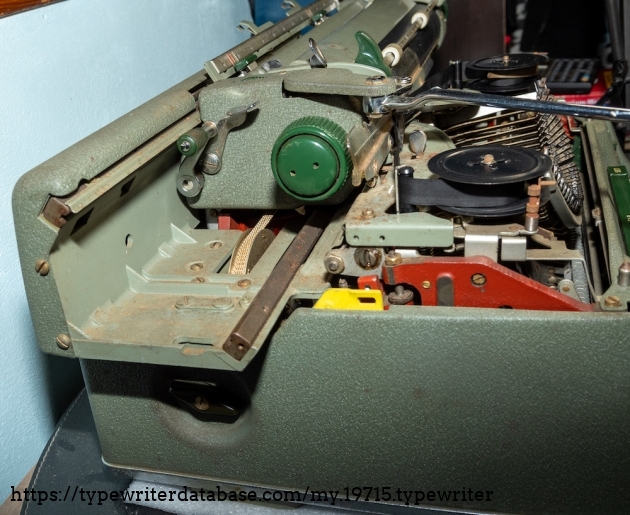
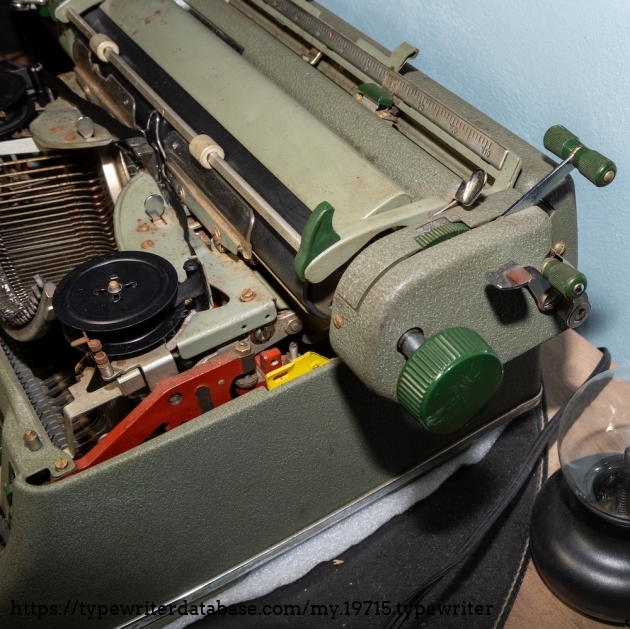
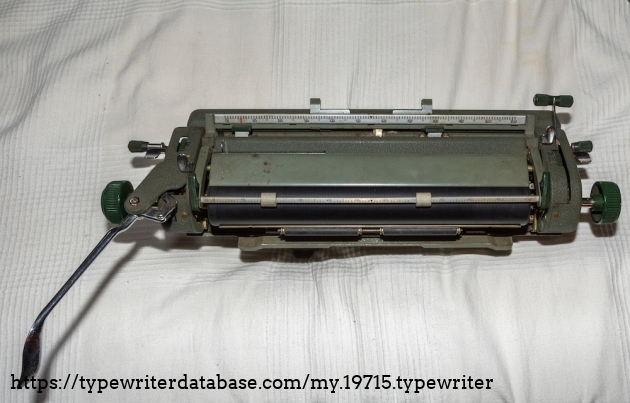
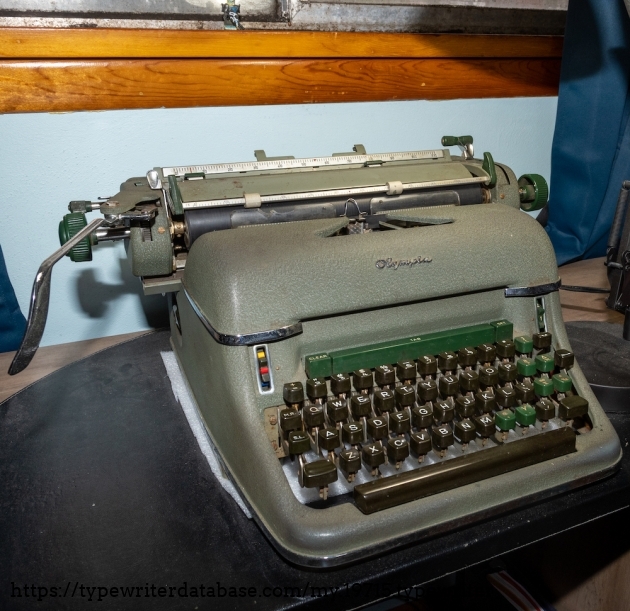
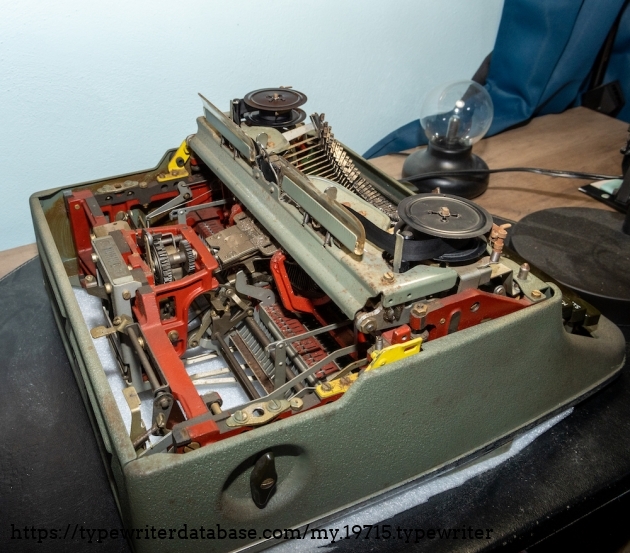
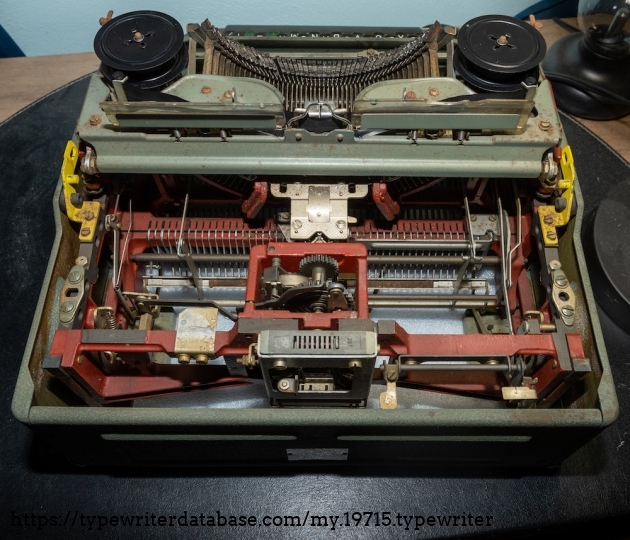
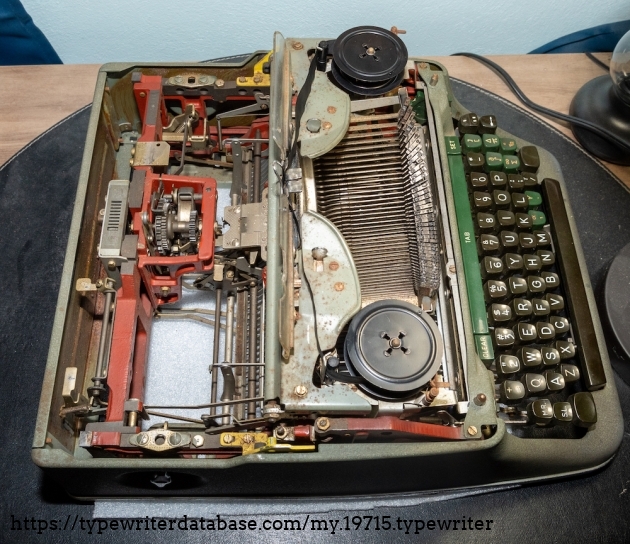
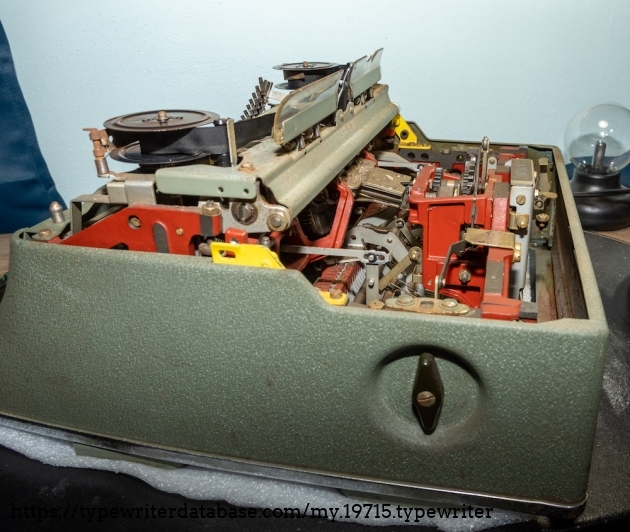
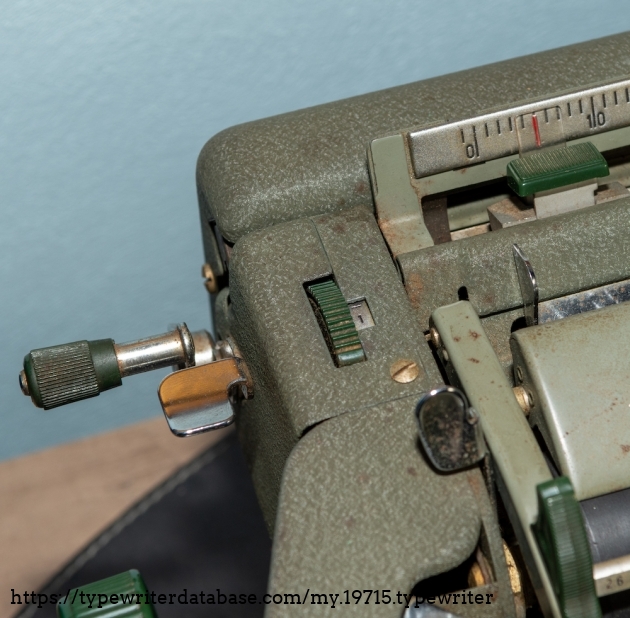
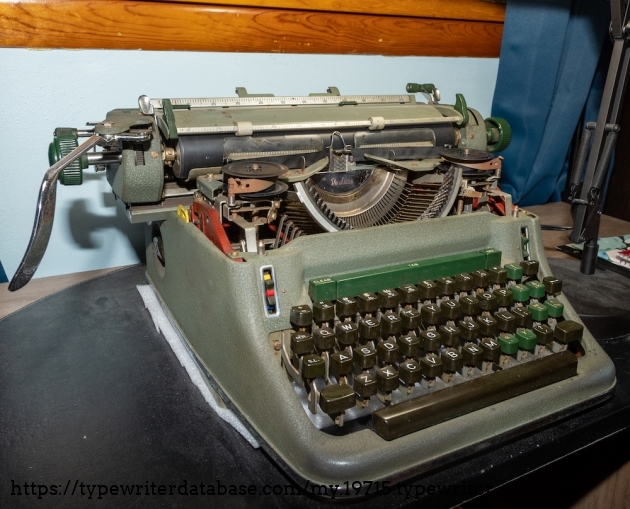
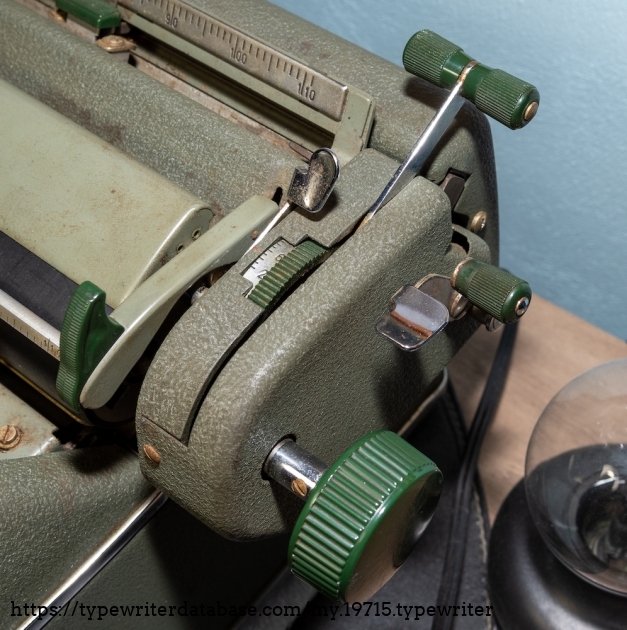
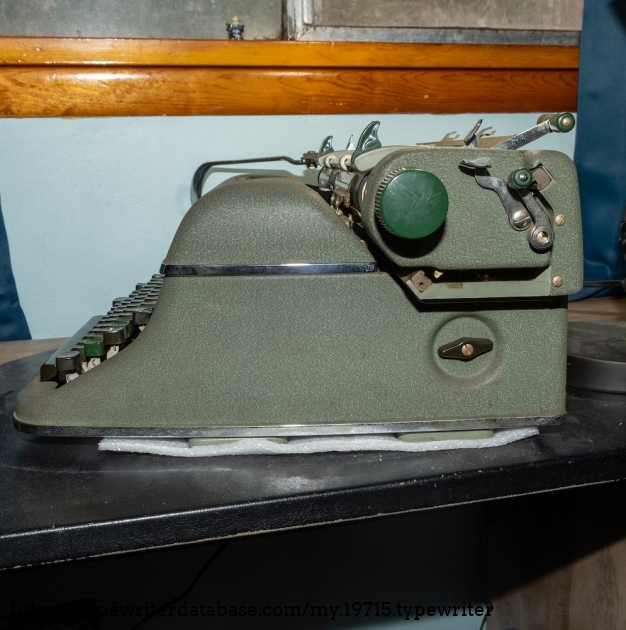
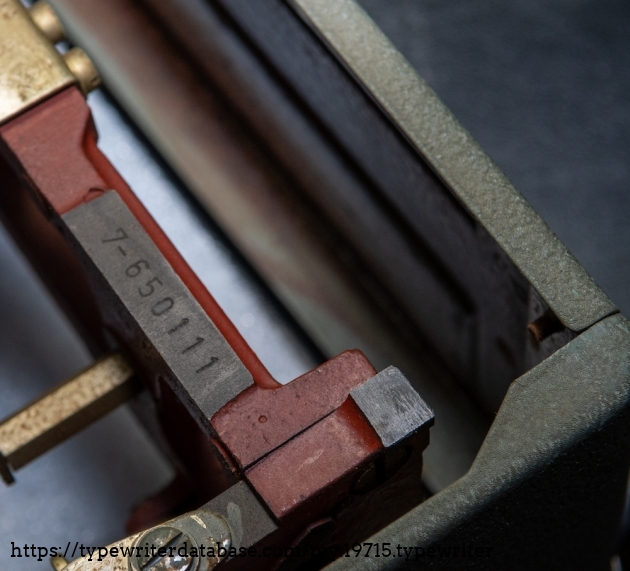
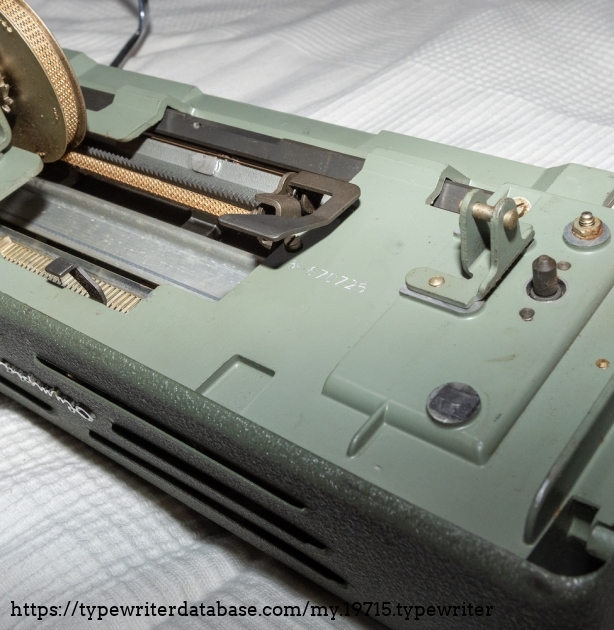
Hunter: Andrew Hearn (stickswriter)
Andrew Hearn's Typewriter Galleries [ My Collection ] [ My Sightings ]
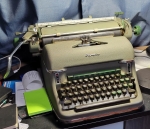
Status: Typewriter Hunter
Points: 229
I'm a writer and collector of Typewriters who lives out in the sticks.
RESEARCH NOTE: When researching the Olympia SG1 on a computer with lots of screen real estate, you may find that launching the Olympia Serial Number page and the Olympia SG1 By Model/Year/Serial page in new browser windows can give you interesting perspectives on changes throughout the model series.
